Impact of Population Growth on Energy Resources in Australia
VerifiedAdded on 2020/03/16
|8
|878
|83
Report
AI Summary
This report delves into the significant trends of population growth and its impact on energy resources in Australia. It highlights the increasing population in major cities like Perth, driven by factors such as manufacturing activities in marine industries, oil, gas, and resource manufacturing. The report connects high-energy activities with population growth, emphasizing the dwindling effect of agricultural activities and the rise in manufacturing. It also explores the role of net overseas migration in population growth, the environmental pollution, and reduced water surfaces associated with increased immigration. The report further discusses the government's investment in sustainable resource management to meet population needs and the ongoing debate on the connection between population factors and energy supply, citing research on renewable energy. It also points out Australia's high per capita energy consumption compared to the rest of the world and the influence of governance principles on shaping future trends in relation to climate policy and resource variations caused by population migration. The report references various sources, including government reports, academic research, and discussions on climate change.
1 out of 8
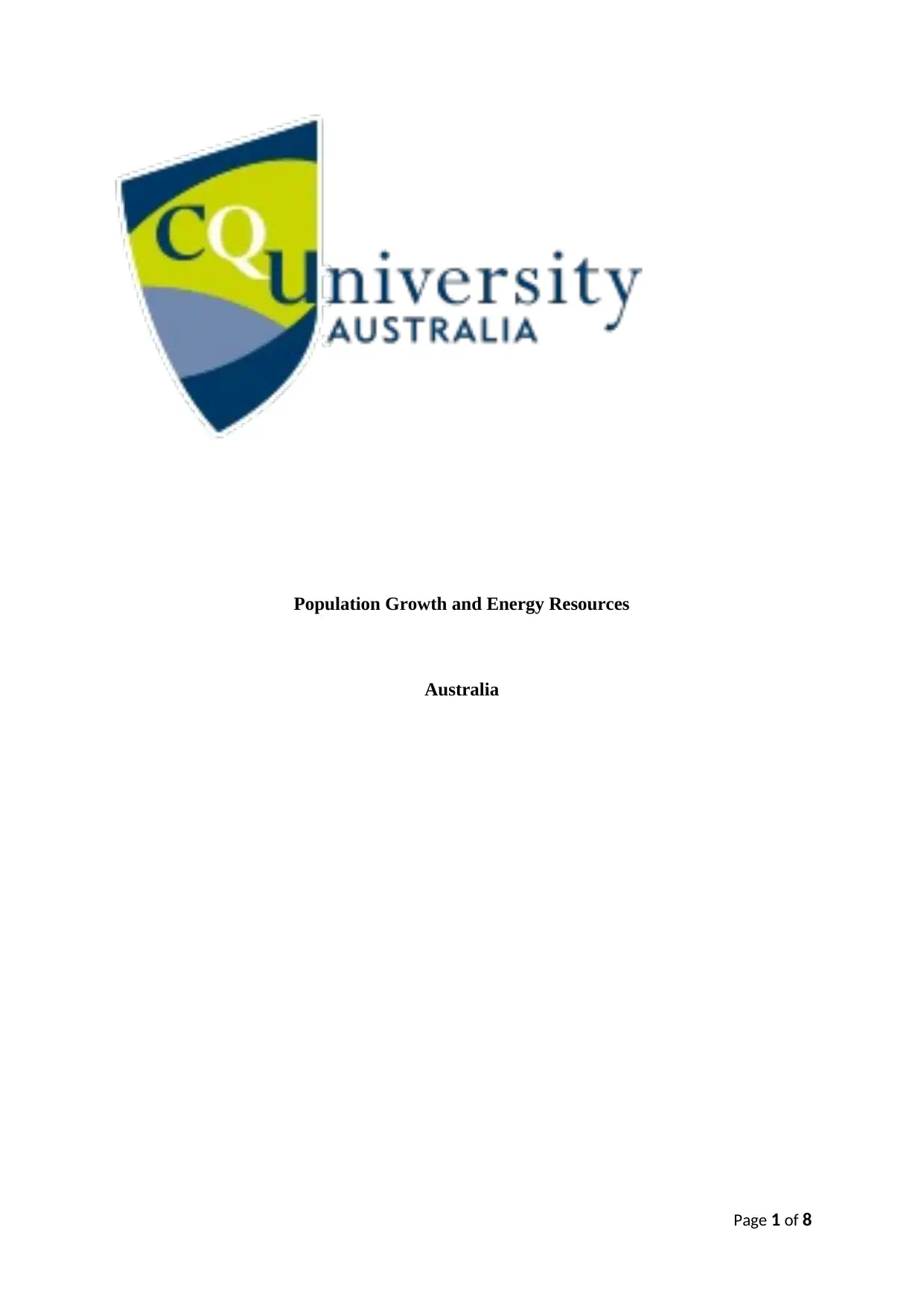
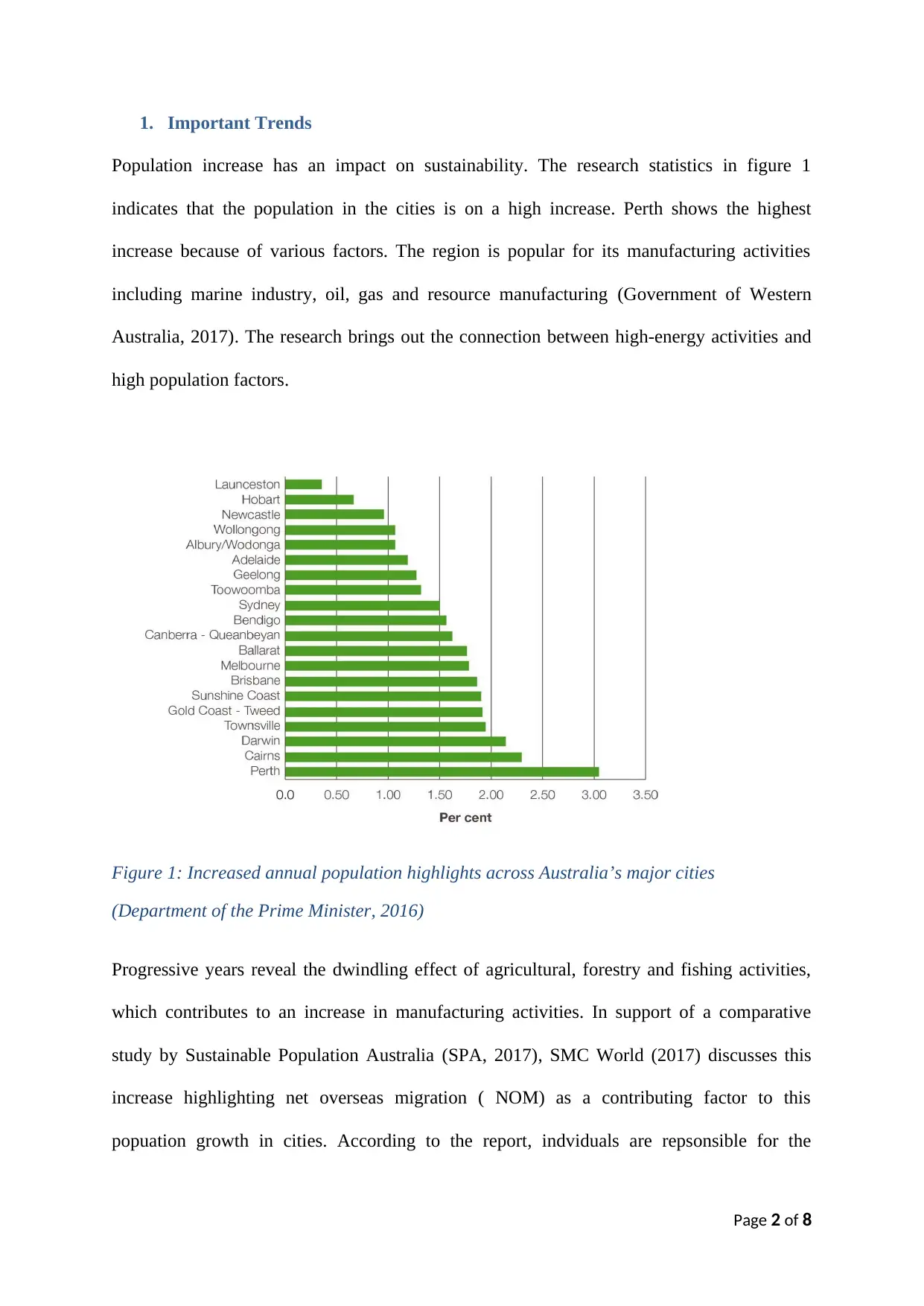


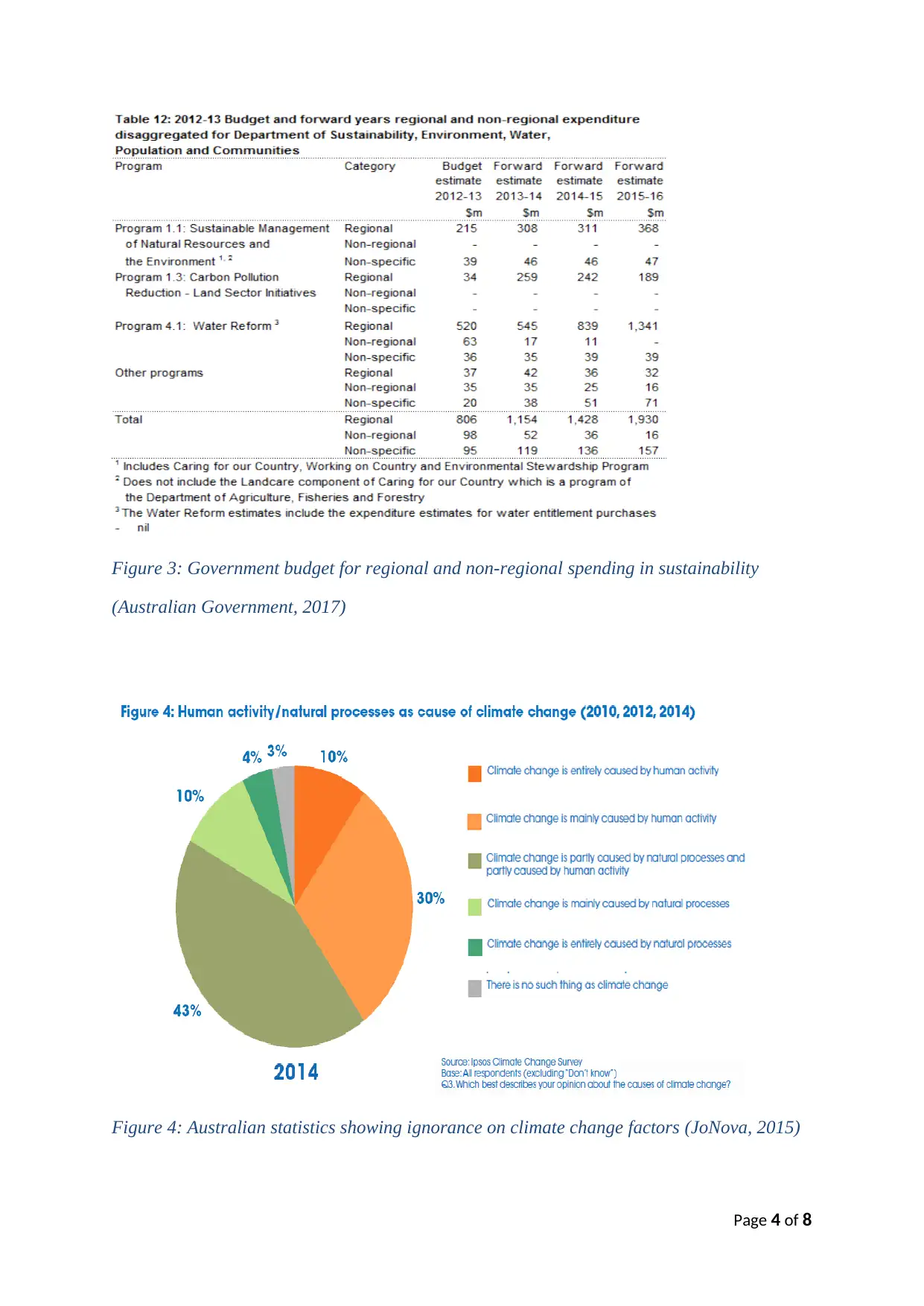
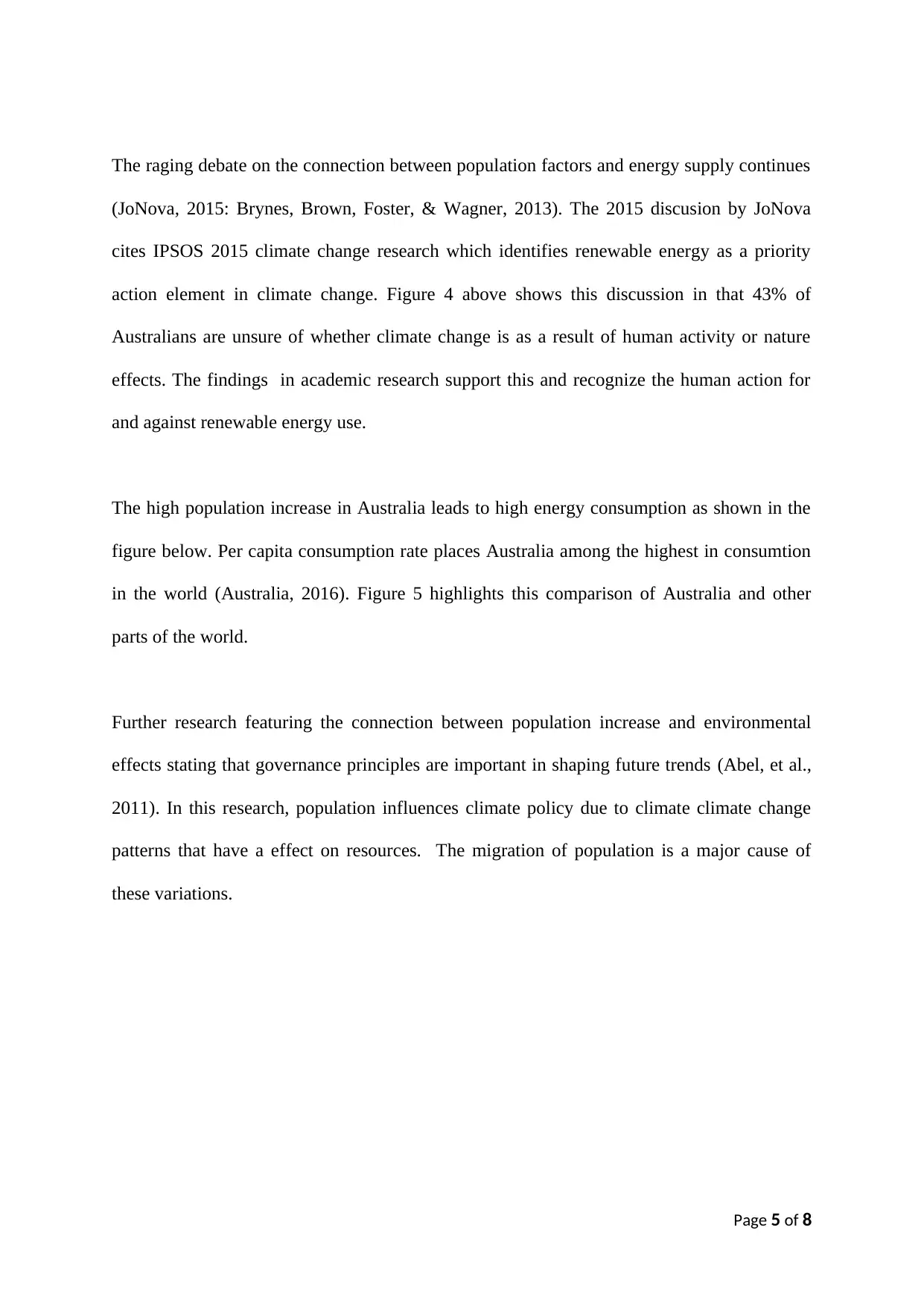
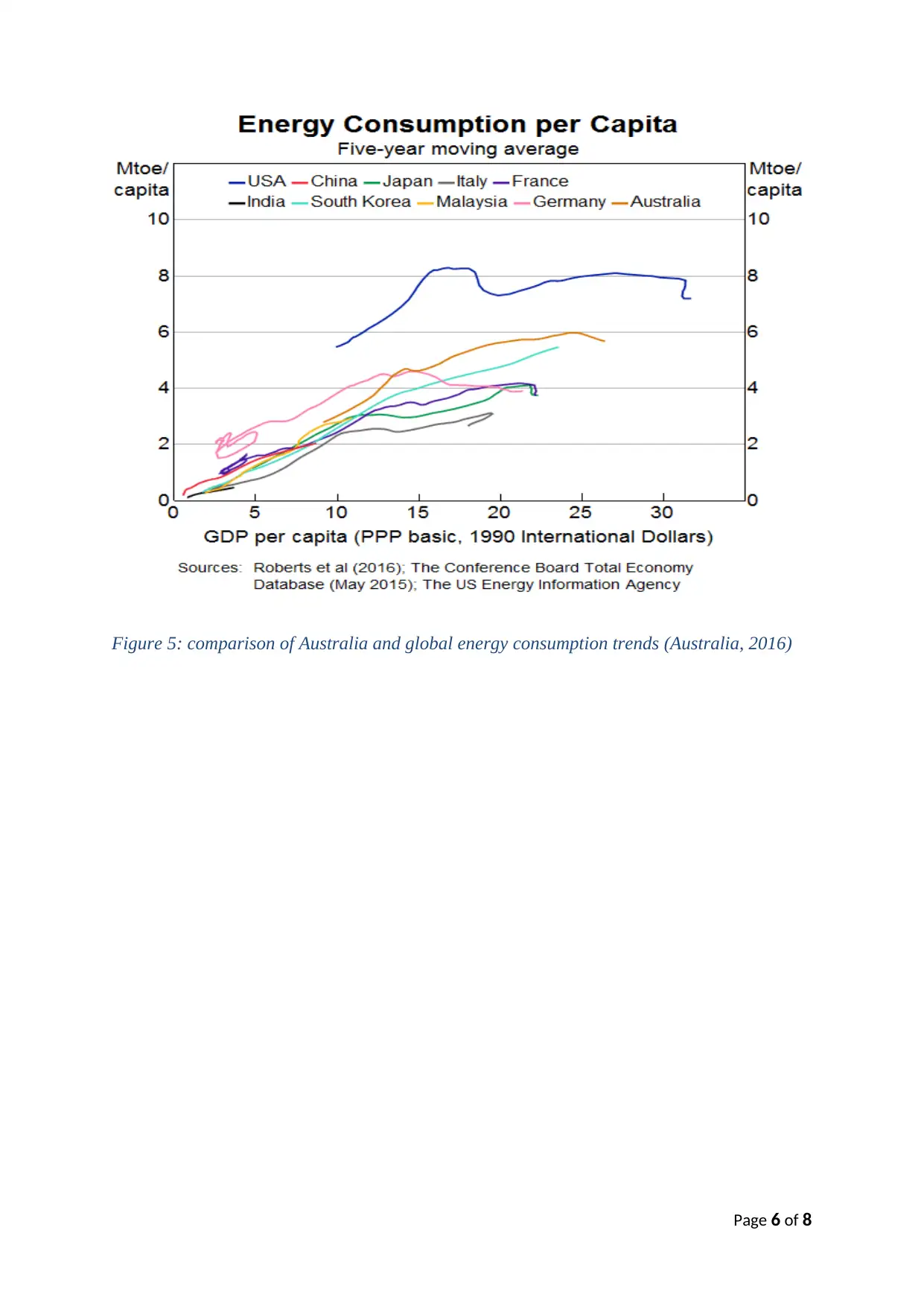

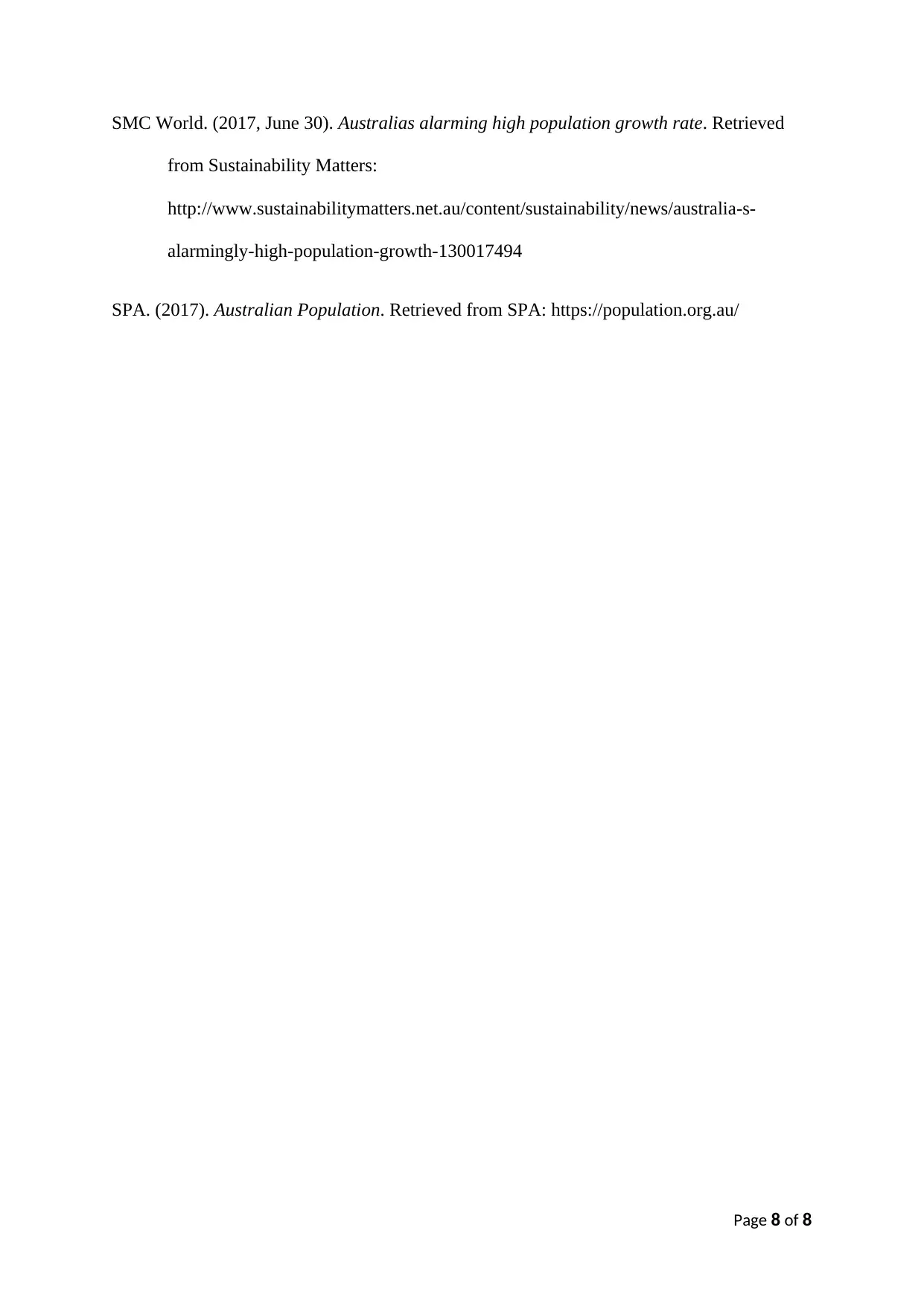






![[object Object]](/_next/static/media/star-bottom.7253800d.svg)